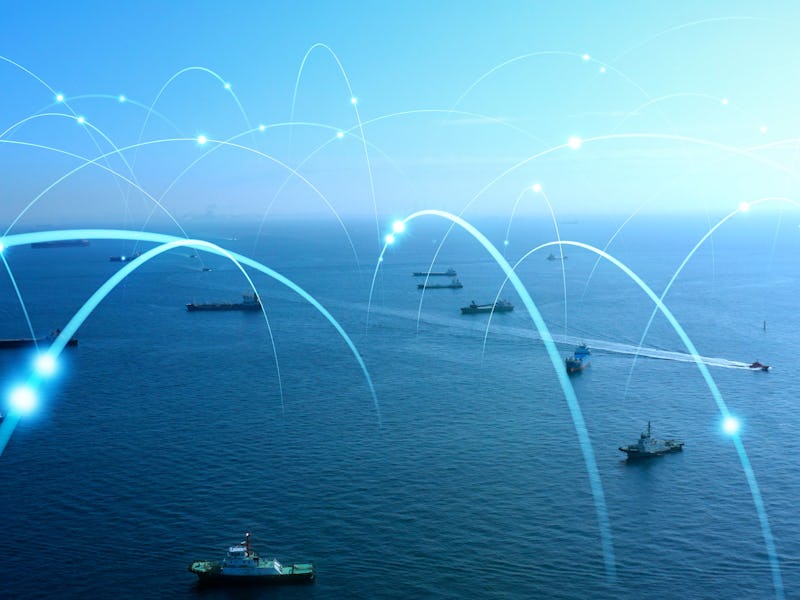SpaceX Starlink: Will it work at sea? Elon Musk weighs in
SpaceX's internet connection service is supposed to get rural communities online, but can it help sea-faring net surfers too?

Starlink, SpaceX's under-development internet service, could help sailors surf the internet at sea.
At least, that's what CEO Elon Musk predicts. On Tuesday, Musk said via Twitter that it will be "relatively easy" to get boats connected to Starlink.
The service allows users to access the internet with high speeds and low latencies by pointing a user terminal at the open sky. Feasibly, that can be done from a boat deck, too.
Musk made the comments in response to a question from Twitter user "jtrevorchapman," who asked whether Starlink could connect the user's five kids to school in the middle of the Pacific ocean. The user planned to circumnavigate in a sailboat, they wrote.
"Yeah, that will be relatively easy, as so few users out in the ocean," Musk replied.
Here's why it could work: Satellite internet enables users to get online by connecting directly to satellites orbiting the Earth. These services enable users to get online even when they don't have a stable ground-based connection. That's ideal for people living in rural and underserved communities, but it also spells good news for people who venture out to sea.
SpaceX may use Starlink at sea itself. In September, the company submitted a filing to the Federal Communications Commission, requesting permission to test Starlink user terminals on up to 10 sea-faring vessels.
Two of these ships be autonomous spaceport droneships — the same used to land Falcon 9 rocket boosters returning to Earth. The ships Just Read the Instructions and Of Course I Still Love You have helped SpaceX reduce the cost of rocket launches immeasurably by securing returning rocket boosters on their floating platforms, allowing them to be used again.
The Of Course I Still Love You droneship.
Starlink's technology is already being tested in extreme conditions. The company performed a test relay service with the United States Air Force in 2018. Conducted using two test satellites dubbed Tintin A and B and terminals attached to a C-12 military aircraft, the test managed speeds of 610 megabits per second mid-flight.
So what sort of speeds could sea-based users expect? For the service as a whole, SpaceX aims to offer speeds of one gigabit per second. The "Better Than Nothing" beta, which involves users in the northern United States and Canada, is expected to only reach 150 megabits per second, but some users have reported higher speeds.
Guy Holmes, CEO of Tape Ark, revealed in June how these speeds may shape out. His company has been working with SpaceX on using Starlink for oil and gas exploration. Holmes, NASASpaceflight reported, claimed users could expect 100 megabits per second download speeds and 40 megabits per second upload speeds at sea using the supplied phased array user terminals. This would jump to gigabit speeds if research vessels were able to use dual parabolic antennas that can track the satellites.
Starlink hopes to offer the full service to people in the northern United States and Canada by the end of 2020, expanding to near-global coverage by 2021. The beta version costs $99 per month, plus a $499 fee for the Starlink Kit to get connected. The price for the full service is still unknown.
The Inverse analysis – There has been some discussion about how Starlink would work at sea, so it's curious for Musk to declare that it would be simple.
While it makes sense that a boat could 'see' a satellite in the sky, the Starlink satellite has to maintain a connection with the wider internet. This is done via large SpaceX-operated, ground stations. What happens when a satellite can see a boat, but can't see a ground station?
Musk has previously described inter-satellite laser links that would might enable satellites to speak to each other. So a satellite over a boat could connect to another over a ground station, and complete the link. In February 2020, Musk claimed on Twitter that these direct links aren't necessary, and the constellation can instead use ground and ocean relays to bounce the signals and reach their destination. Even if that destination were a boat in the middle of the Pacific ocean.